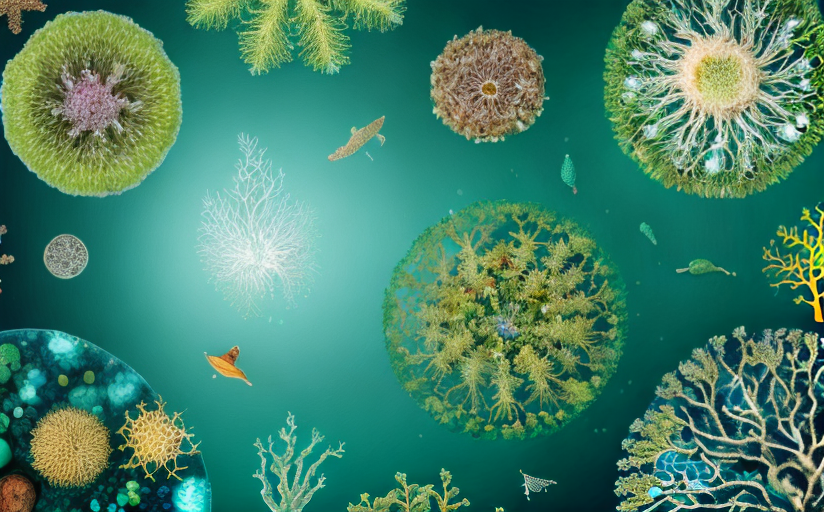The Role and Contributions of Microscopic Organisms in Our Ecosystem
Microscopic organisms, also known as microorganisms, play essential roles in maintaining the balance and sustainability of ecosystems. These tiny entities, invisible to the naked eye, contribute significantly to various ecosystem functions, ranging from nutrient cycling and decomposition of organic materials to interaction with other organisms and even to the climate regulation itself.
Variety of Microorganisms
The variety of microorganisms is astounding, comprising bacteria, fungi, viruses, protozoa, archaea, and microscopic algae. Each of these has unique characteristics and functions in the ecosystem. For instance, bacteria are involved in nutrient recycling and decomposition, while fungi aid in breaking down organic material and improving soil fertility.
Roles in Different Ecosystems
Different types of microorganisms play specific roles in various ecosystems. In soil ecosystems, they help in nutrient cycling, improve soil structure, and foster plant growth. In aquatic ecosystems, they play a crucial role in the food chain and contribute to nutrient cycles. In human bodies, they aid in digestion, produce vitamins, and protect against harmful pathogens.
Interactions and Contributions to Ecosystem Sustainability
Microorganisms interact with both living and non-living components of the ecosystem, contributing to ecosystem resilience and sustainability. They perform valuable functions such as decomposition, nitrogen fixation, photosynthesis, and even participating in food chains, thereby supporting the interconnected web of life.
Encouraging Ecosystem Resilience
Scientific research has pointed to the crucial role of microorganisms in fostering ecosystem resilience against environmental changes. For instance, studies show that microbial communities can rapidly adjust their composition and functions in response to environmental changes, thereby preventing ecosystem collapse.
Dual Impacts: Beneficial and Harmful
While microorganisms support ecosystem functions, some can also have detrimental effects. Pathogenic microorganisms can cause diseases in plants, animals, and humans, sometimes leading to epidemics and significant ecological and economic losses.
Threats to Microorganisms and the Need for Conservation
Despite their vital role, microorganisms face threats such as pollution, habitat destruction, and climate change. These threats can negatively impact microbial diversity and functions, leading to ecosystem degradation. Hence, there’s a strong need to conserve microbial diversity to maintain ecosystem balance and resilience.
Conclusion
In conclusion, microscopic organisms play a vital role in our ecosystem and contribute immensely to the sustainability of life on Earth. Greater understanding and recognition of these tiny yet mighty organisms is central to preserving biodiversity and the health of our planet.

















Comments
Leave a Comment